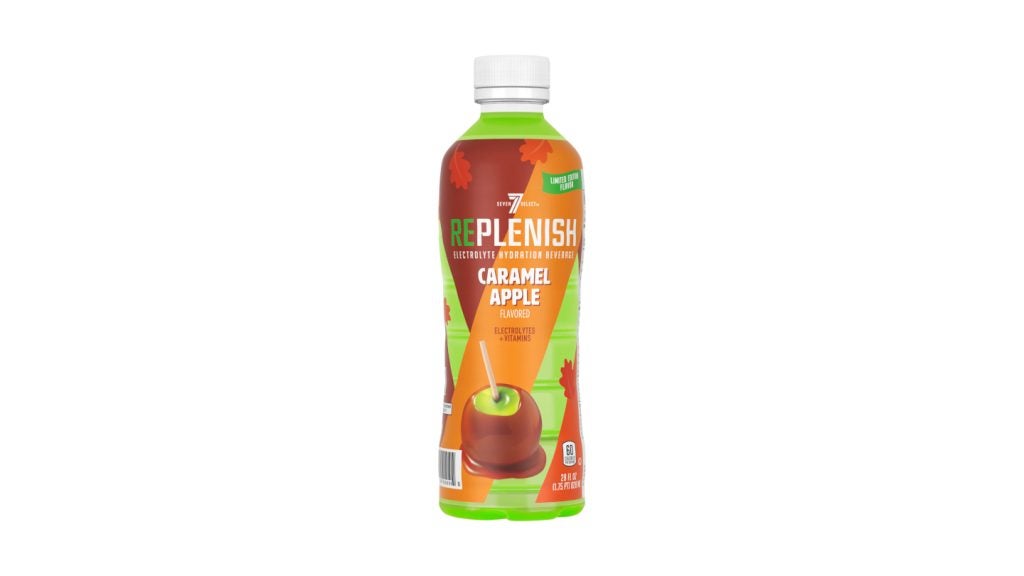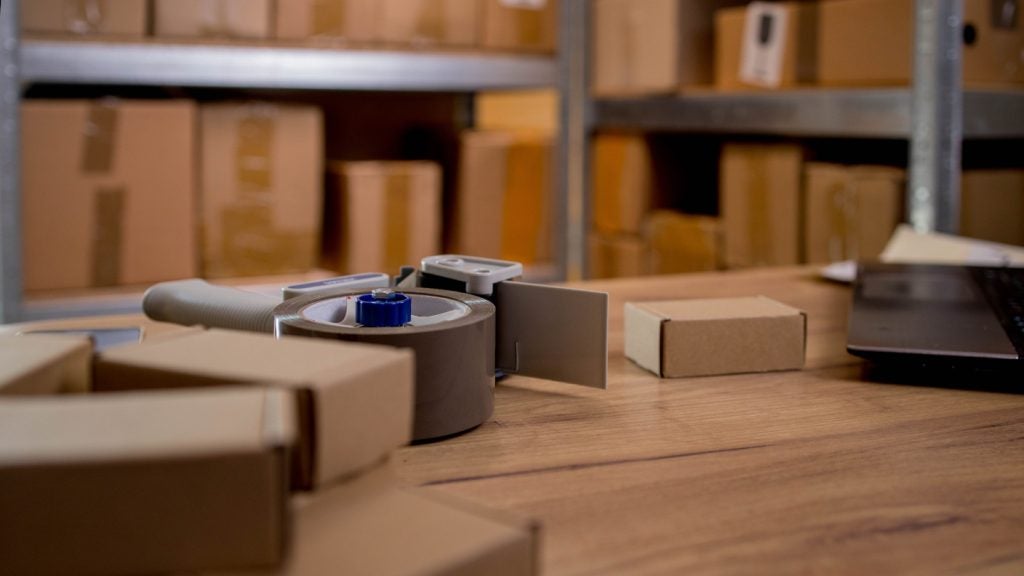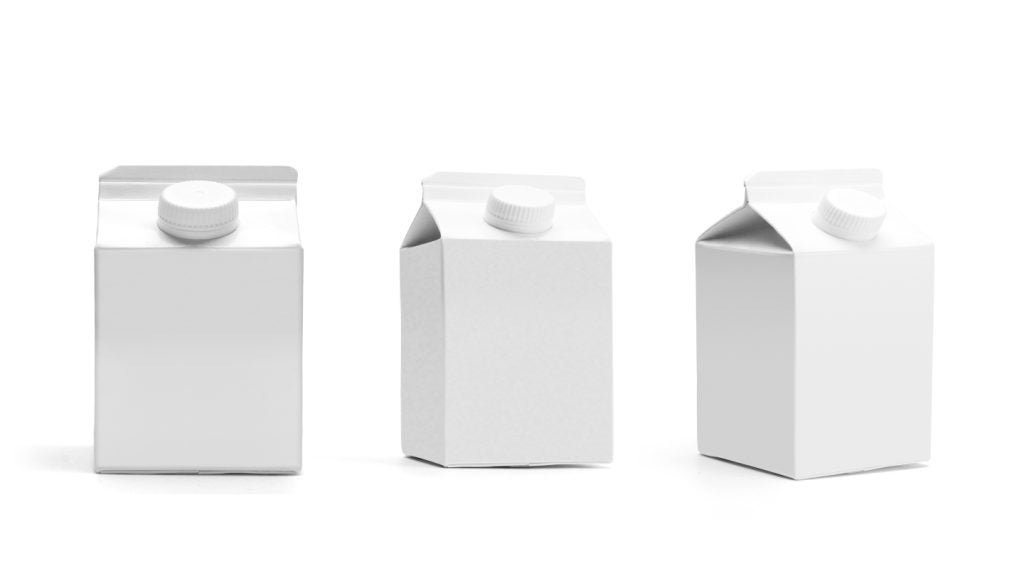The rapid growth of e-commerce has led to increased pressure on businesses to deliver products quickly, efficiently, and sustainably.
With the online retail sector continuing to thrive, packaging has become a pivotal element in meeting customer expectations and supporting business growth.
Packaging innovation in e-commerce is not just about protecting products during transit but also about creating an efficient, cost-effective, and eco-friendly solution to handle the growing demand for online orders.
This article explores the latest packaging innovations that are helping e-commerce businesses expand, improve the customer experience, and meet sustainability goals.
1. Sustainable packaging solutions for the eco-conscious shopper
As sustainability has become a top priority for consumers, e-commerce businesses are increasingly focusing on sustainable packaging solutions.
With a growing number of shoppers demanding eco-friendly practices, retailers are responding by using materials that minimise waste, reduce carbon footprints, and improve recyclability.
One major trend is the shift towards recyclable and biodegradable materials. For example, corrugated cardboard, which is easily recyclable, remains a popular choice for shipping, while companies are exploring alternatives to plastic such as plant-based bioplastics and mushroom-based packaging.
These materials are biodegradable and can be composted after use, significantly reducing their environmental impact compared to traditional plastic packaging.
In addition to material choices, many e-commerce businesses are adopting packaging designs that reduce waste.
The use of minimalistic packaging, which reduces the size and volume of packaging materials, is gaining traction. Not only does this save on material costs, but it also optimises shipping space, leading to reduced carbon emissions during transport.
Brands like IKEA have also pioneered "flat-pack" packaging, which reduces both the size of the package and the need for excess cushioning material.
This trend is being echoed by numerous retailers looking to streamline their packaging while keeping environmental concerns at the forefront.
2. Smart packaging for streamlined logistics
Advancements in technology are reshaping the logistics side of e-commerce packaging. Smart packaging solutions that integrate the Internet of Things (IoT) are enabling e-commerce businesses to track and manage shipments more efficiently.
These innovations are improving not only the delivery process but also the overall customer experience.
One of the most promising developments in smart packaging is the use of RFID (Radio Frequency Identification) technology. RFID-enabled packaging allows retailers to track products in real time, ensuring accurate inventory management and helping to reduce stockouts or overstock situations.
This level of visibility enhances logistics operations and improves supply chain efficiency.
Additionally, the integration of QR codes and NFC (Near Field Communication) technology into packaging allows consumers to easily access product information, promotions, and instructions simply by scanning the package with their smartphones.
This type of interactive packaging creates a more engaging customer experience and provides opportunities for brands to communicate directly with consumers, building brand loyalty.
Temperature-sensitive packaging is another example of smart packaging innovations.
For e-commerce companies that deal with perishable goods, such as food or pharmaceuticals, maintaining the right temperature during transit is essential.
Smart temperature indicators embedded in packaging materials allow both retailers and customers to monitor the temperature of products throughout the shipping process, reducing the risk of damage and ensuring that products arrive in optimal condition.
3. Customised packaging for a personalised experience
In the competitive world of e-commerce, businesses are constantly looking for ways to differentiate themselves and enhance the customer experience. Personalised packaging is a powerful tool in this endeavour.
By offering tailored packaging options, brands can improve customer satisfaction and loyalty, all while reinforcing their identity.
Personalisation in packaging has taken various forms, from custom-printed boxes with the company logo to interactive designs that feature messages, product details, or thank-you notes.
This type of bespoke packaging adds a personal touch that can elevate a customer’s unboxing experience, which has become a significant trend, particularly in the beauty, fashion, and subscription box sectors.
Companies like Amazon and Shopify have also embraced customisation to optimise the delivery experience. Amazon's ‘Frustration-Free Packaging’ initiative, for example, is designed to make the opening process smoother and more enjoyable for consumers.
By designing packaging that is easy to open and reduces excess materials, Amazon not only improves the user experience but also increases efficiency during shipping.
Customisation goes beyond aesthetics. Packaging tailored to the specific product can significantly enhance its protection during transit.
For instance, businesses selling fragile items, like electronics or glassware, often use moulded inserts or cushioning made from biodegradable materials to keep products safe while reducing the amount of waste produced.
In addition to aesthetic and functional benefits, personalised packaging can also help improve branding efforts.
By ensuring packaging reflects a company’s unique identity, businesses can make a lasting impression on their customers. Well-designed packaging becomes part of the customer journey, reinforcing the brand’s message and values.
With the rise of social media, customers often share their unboxing experiences, turning packaging into an essential marketing tool.
The takeaway
As the e-commerce industry continues to grow, packaging innovations play a critical role in supporting this expansion.
Sustainable packaging solutions, smart packaging technologies, and personalised designs not only meet consumer demand but also create opportunities for e-commerce businesses to improve efficiency, reduce costs, and strengthen their brand identity.
Sustainability remains a key focus, as businesses recognise the importance of addressing environmental concerns while maintaining operational efficiency.
Smart packaging technologies are enhancing the logistics of e-commerce by offering greater visibility, improved inventory management, and temperature-sensitive shipping solutions.
Personalised packaging, meanwhile, is transforming the customer experience by making every order feel unique and tailored to individual preferences.
E-commerce businesses that embrace these packaging innovations will be better positioned to meet the evolving needs of consumers, drive growth, and lead the charge towards a more sustainable and efficient future in online retail.














